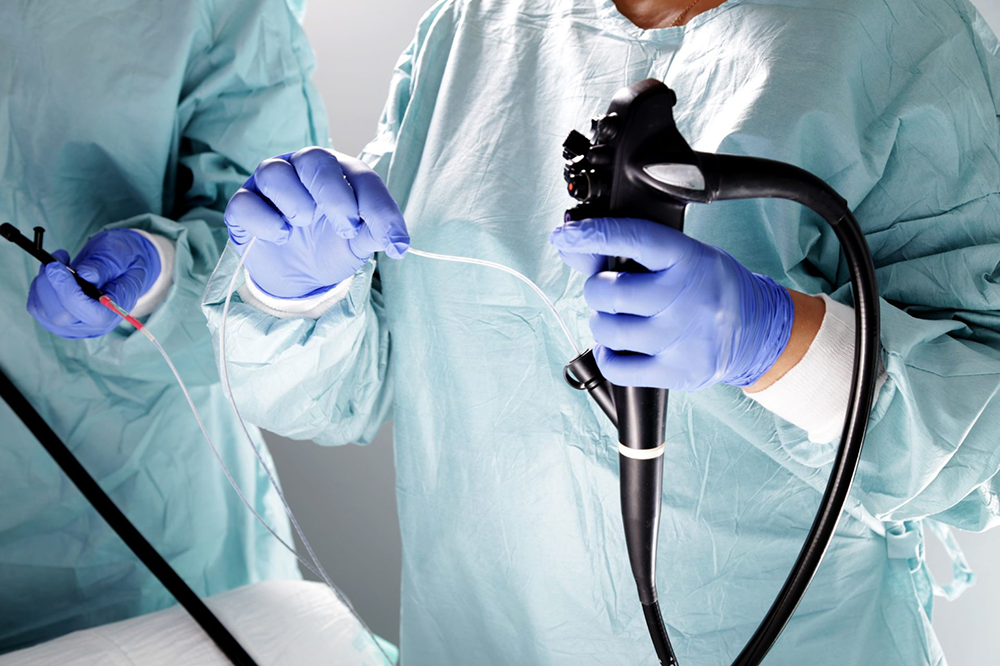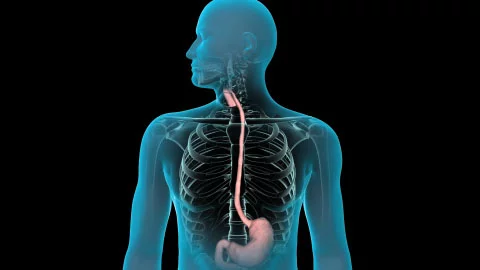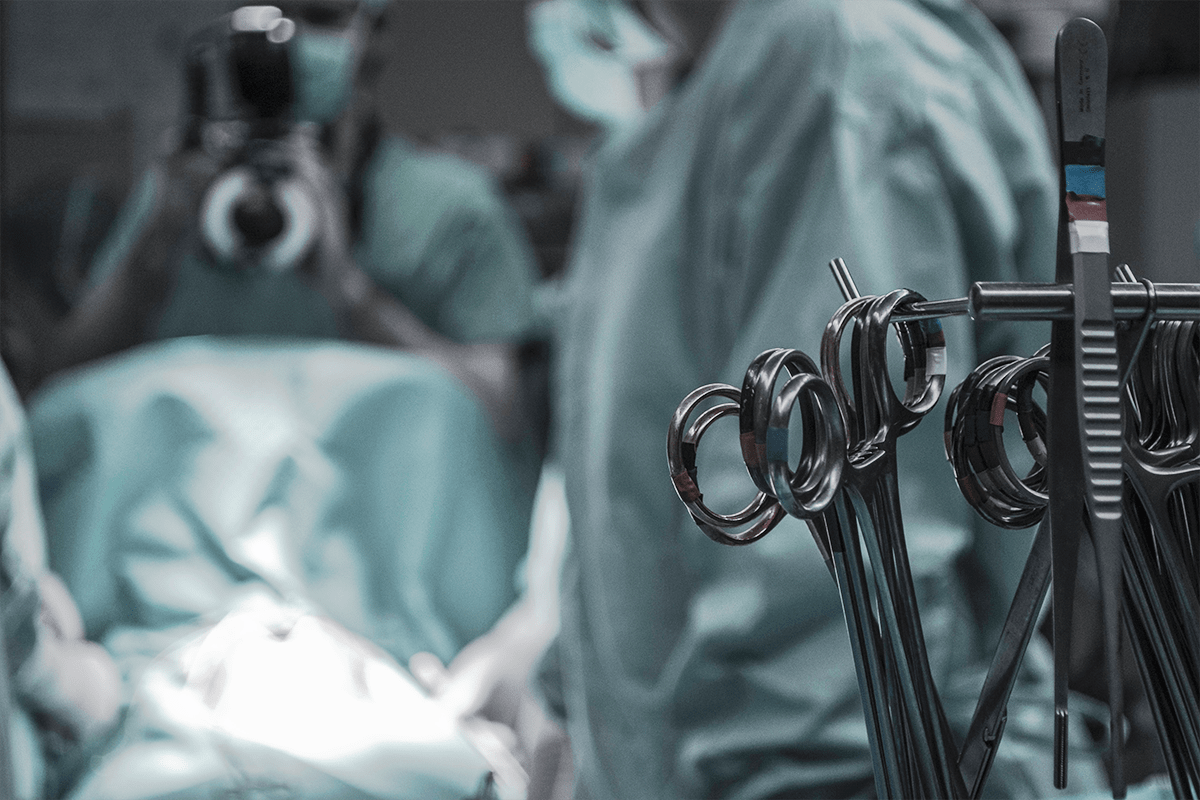
An EGD after gastric bypass surgery is required in some cases when the patient is experiencing discomfort or unwanted side effects. Typically, 80% of our patients will have surgery and have no issues at all. Yet, about 20% of patients will have varying degrees of problems.
What is an EGD?
Almost all bariatric surgeons will require their patients to have an EGD before weight loss surgery to evaluate the anatomy of their stomach and esophagus. The goal of an EGD before surgery is to look for any signs of a hiatal hernia, H-Pylori bacteria, or abnormalities in the tissue of your esophagus. Ultimately, an EGD before weight loss surgery is all about risk management.

EGD After Gastric Bypass Surgery
In some cases, we will need to perform an EGD after gastric bypass surgery to evaluate the anatomy and health of an individual. One of the most common reasons for performing an EGD after this procedure is post-op nausea and vomiting or the inability to keep food down.
Nausea is expected immediately after weight loss surgery due to anesthesia and should pass within 48 hours after surgery. However, if nausea persists, we want to look at the area of surgery to check for any signs of abnormalities.
In particular, when performing an EGD after gastric bypass surgery, we will look at the opening between the stomach and the intestines to make sure there are no signs of a stricture. A stricture, otherwise known as anastomotic stenosis, occurs when the connection between the stomach pouch and the small intestine narrows. This can cause nausea, vomiting, difficulty swallowing, a fullness sensation in the upper abdomen, and difficulty eating some foods.
A stricture is most prevalent in patients 3 to 4 weeks out from surgery, and although it is unclear why it may occur in some patients, several factors may contribute.
- Smoking
- Use of NSAIDs (i.e. Asprin)
- Scarring
- Inadequate blood supply to the area
If the surgeon identifies that a stricture is the cause of nausea and discomfort after weight loss surgery, they may perform an endoscopic dilation. This entails placing a balloon at the site to stretch the opening back to the appropriate size. Very rarely will we need to perform more surgery to fix the narrowing and instead will give the patient a proton pump inhibitor or perform the endoscopic dilation.
Aside from the appearance of a stricture, we will also look for any signs of ulcerative formation or abnormal anatomical functioning when performing an EGD after gastric bypass surgery. Ultimately, our goal is to provide patients with a safe and positive experience after weight loss surgery. If you are experiencing any unwanted side effects after your procedure, it is important to consult with your bariatric care team to ensure it is not anything serious.
This article was originally published on the Bariatric Centers of America website.










